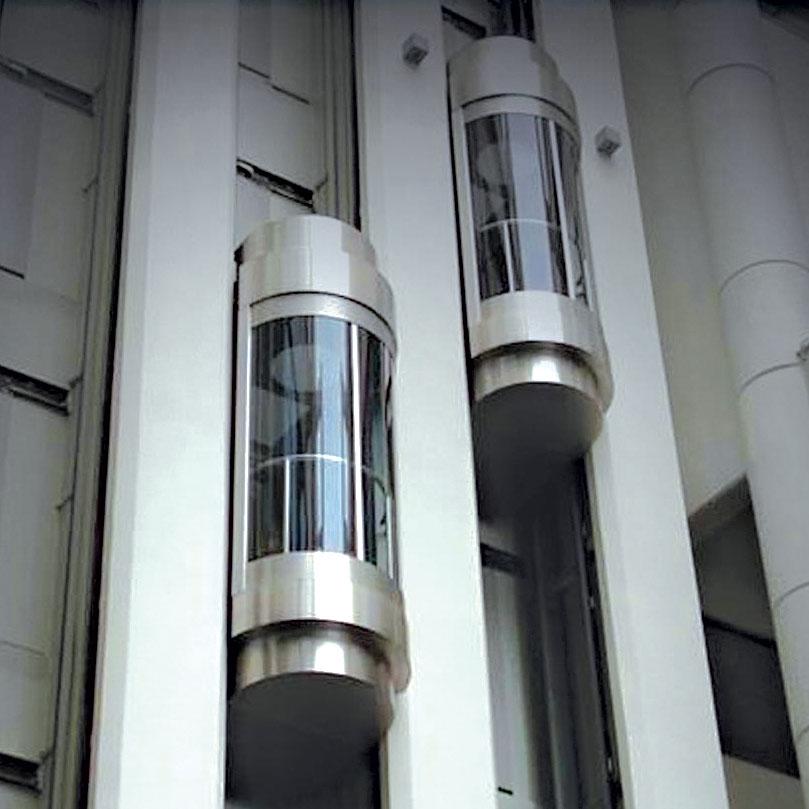Leading Lift Companies in London: Providing Exceptional Solution and Support
Leading Lift Companies in London: Providing Exceptional Solution and Support
Blog Article
Exploring the Globe of Lifts: Common Issues Encountered by Different Lift Mechanisms
As we browse via the vertical transportation systems of modern-day buildings, lifts attract attention as a crucial element of our daily lives. However, behind their smooth operation exists a world of intricate devices that can in some cases come across obstacles. From hydraulic elevators to traction systems and machine-room-less designs, each lift kind includes its set of typical problems. Comprehending these difficulties is critical for making sure the smooth functioning of these essential systems. Let's explore the intricacies that underlie the operation of lifts and the potential problems that can arise, dropping light on the intricate web of lift mechanisms.
Hydraulic Lifts
Hydraulic elevators, often chosen for low-rise structures, utilize fluid pressure to manage the activity of the lift vehicle (lift repair companies). This device entails a hydraulic pump pushing oil into a cyndrical tube, creating the elevator to move in the wanted instructions. While hydraulic elevators are known for their smooth and silent operation, they do come with their own collection of usual issues
One common issue with hydraulic lifts is oil leak. The seals in the hydraulic system can wear over time, resulting in oil infiltration. If left unaddressed, this not just develops a mess but can also affect the elevator's performance. Additionally, issues with the control system, such as malfunctioning shutoffs or a malfunctioning pump, can create disruptions in the lift's activity.
Normal upkeep and punctual fixings are vital to guarantee the smooth functioning of hydraulic lifts. By resolving these usual concerns proactively, structure proprietors can lessen downtime and make sure the security and efficiency of their vertical transport system.
Traction Elevators
When considering vertical transport systems in buildings, another usual kind aside from hydraulic lifts is the grip elevator. Traction lifts operate using a system of ropes and weights that move the elevator car by clutching onto the hoist ropes. This device enables for smoother and faster upright transportation contrasted to hydraulic systems.
Among the common concerns encountered by traction lifts is rope wear. The continuous movement of the ropes within the grip system can result in damage in time, potentially creating the elevator to breakdown or end up being unsafe for usage. Regular examinations and maintenance of the ropes are vital to ensure the lift's appropriate performance and security.
Another issue that grip elevators might come across is associated with the control system. Issues with the control system can lead to problems such as erratic motion, hold-ups in reaction times, and even complete closures. Regular testing and upkeep of the control system are essential to protect against such problems and make certain the elevator's dependability.
Machine-Room-Less (MRL) Lifts

One of the key parts of MRL elevators is the portable gearless grip device that is installed within the hoistway. This equipment effectively drives the elevator car without the demand for large equipment located in standard traction lifts. Furthermore, MRL elevators commonly utilize a counterweight system to stabilize the automobile, further boosting their energy efficiency.
Regardless of their advantages, MRL elevators might face obstacles connected to repair and maintenance because of the constrained space for devices installment. Access for servicing elements within the shaft can be restricted, calling for specialized training for specialists. Correct upkeep schedules and routine examinations are essential to guarantee the ongoing smooth procedure of MRL elevators.
Overloading and Weight Limit Issues
Are lifts outfitted to handle excess weight loads effectively and securely? Overwhelming and weight restriction issues are vital worries in lift procedures. Lift manufacturers design lifts with particular weight capacities to guarantee traveler safety and security and tools durability. Surpassing these weight restrictions can bring about numerous troubles, including mechanical failures, delays, and security dangers.
When lifts are overwhelmed, it puts excessive strain on the electric motor, wires, and various other elements, potentially causing breakdowns or breakdowns. Safety and security systems such as sensors and overload sensing units remain in location to stop elevators from moving if they detect excess weight. Additionally, going beyond weight limitations can result in increased power usage and wear and tear on the lift system.
To reduce overloading concerns, developing managers must prominently present weight limitations in lifts and inform occupants london lift company on the relevance of adhering to these constraints - lift repair companies. Routine upkeep checks by qualified technicians can additionally help make certain that elevators are running within safe weight criteria. By dealing with overloading and weight restriction issues proactively, structure owners can improve lift safety and performance
Electrical System Failures
Going beyond weight limits in lifts can not just lead to mechanical concerns however additionally possibly add to electric system failings within the lift facilities. Electrical system failures are a critical concern in elevator operation, as they can create unexpected closures, breakdowns, or even safety dangers.
Normal upkeep and examinations are crucial to determine and attend to prospective electric problems promptly, making certain the reliable and safe procedure of elevator systems. By sticking to weight limits and performing routine electric system checks, building proprietors can mitigate the risk of electric failures in lifts.
Conclusion

Hydraulic lifts, commonly preferred for low-rise structures, utilize fluid stress to manage the movement of the lift vehicle.When considering upright transportation systems in structures, one more usual type apart from hydraulic elevators is the grip elevator. Grip elevators run utilizing a system of ropes and weights that move disabled platform lifts prices uk the lift cars and truck by clutching onto the hoist ropes. Unlike standard elevators that call for a separate equipment space to lift repair near me house the tools, MRL elevators incorporate most of the parts within the shaft, removing the requirement for a committed device area.In final thought, lifts face usual issues such as hydraulic breakdowns, grip system failures, and electric system troubles.
Report this page